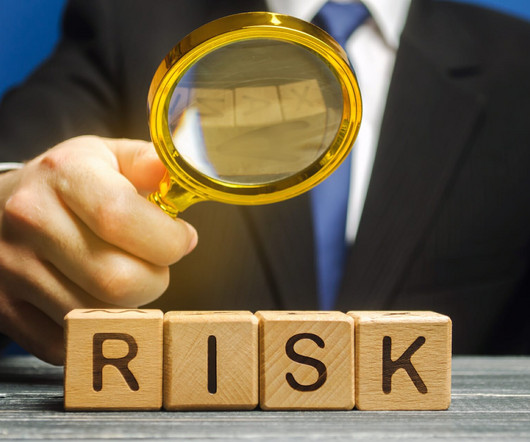Using AI Technology to Mitigate Risk and Enhance Productivity
Security Industry Association
MARCH 27, 2023
AI is being implemented all over the world across many industries to advance other technologies. AI for Worker Safety and Workers’ Compensation AI can be used to improve worker safety by detecting hazardous conditions in the context of non-human physical danger. This allows workers to focus on other duties.



















Let's personalize your content